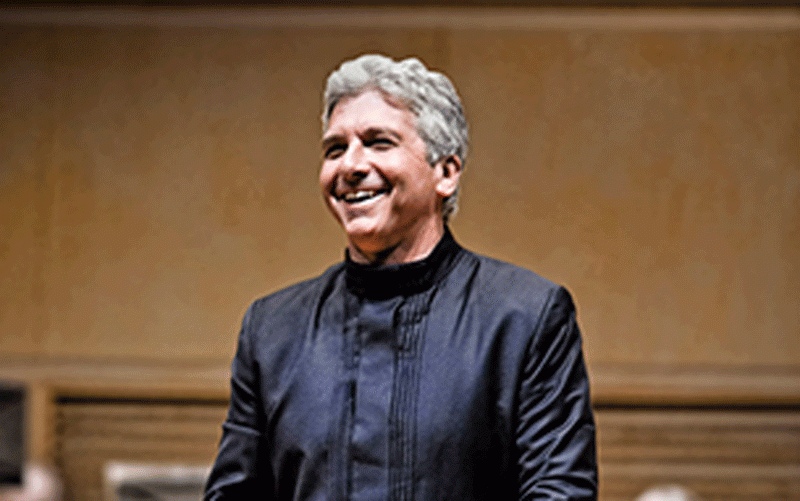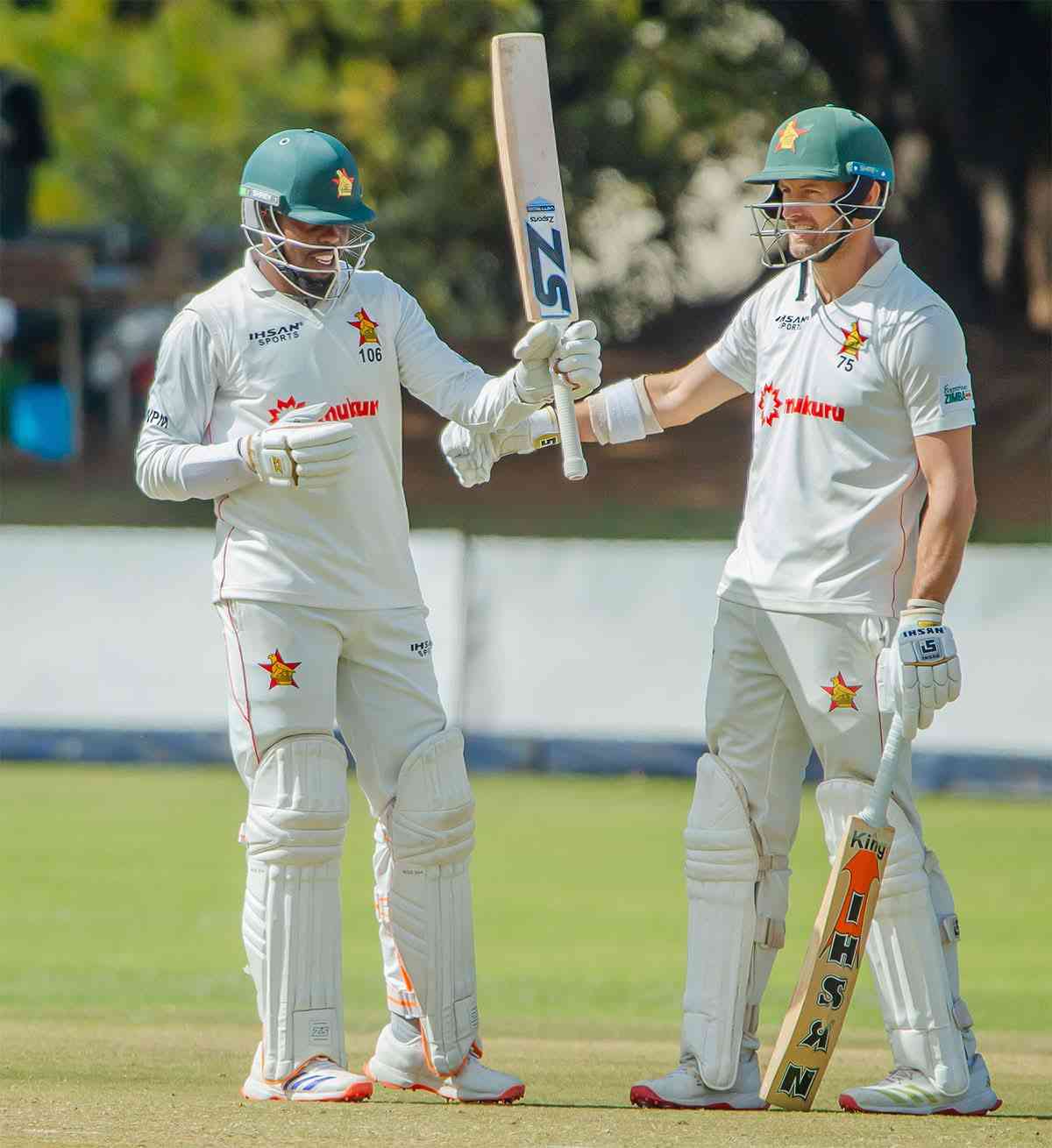
school of sport:with TIM MIDDLETON
There is an old saying in golf that you “drive for show, but putt for dough”. In effect, all it is saying is that by all means we can hit the ball far and long (well, maybe sometimes, for some of us!), impressively and powerfully, but the soft touch and feel of our putter on the greens is what ultimately will determine whether we are successful or not — it is not the three hundred and fifty yard drive that matters, but the three and a half foot putt that counts. More shots are lost with bad drives than bad putts; more holes are won with good putts than good drives. It is, after all, as another saying goes, “no good being long if you cannot be straight.” However, while the first saying is debatable by many, what is not in doubt is the fact that; we actually still need to drive to go; each hole begins with our drive. That is the starting point.
In a similar fashion, we might look at a car and see immense potential in it; we can see latent power just waiting to be released. A car has the ability to take us forward, to take us to new places. It may have four gears, five gears, more gears, but that does not matter, as it still remains a car. It may be a manual or an automatic, but it is still a car. It may be diesel or petrol or even now electric, but it is a car. A car per-se though is not good; it needs to be mobilised. We have to get it going. We have to turn on the ignition. Something needs to be provided to get it going and thus for it to be effective.
If we watch youngsters at sporting practice sessions they tend to mess around much of the time; they will chat, joke, mock, boast, holler, banter, show-off, take short cuts, do things half-heartedly. If they miss a ball they walk or stroll after it; if they duff a shot, they laugh at the mistake. If they are asked to do an exercise, they will do it hard once, maybe twice, but then stop, thinking they have done enough. They enjoy it, for sure, but they do not really benefit. They view it simply as practice and therefore not serious or strenuous. They go through the motions without really moving.
What ultimately gets them moving is competition. Competition is what drives them. Instead of simply kicking a ball or passing a ball around in practice, there is suddenly a purpose in competition, a direction, a focus to move them forward. Gone is the banter, the slovenliness, the wastefulness; now is the energy, the commitment, the drive. They do not improve simply from practice sessions; they improve far more through competition. Competition is the ignition that triggers their potential into becoming a reality. That is why competitive fixtures are arranged between schools.
Interestingly, adults who play golf outside of a competition, just with friends or colleagues, very often provide their own competition by suggesting they play for money. They do not seem able to concentrate hard without some form of competitive incentive. It is the same principle: competition provides the spark for people to move forward, to get people going. Competition drives them.
Away from sport, if there is no competition people also remain static or drift. Competition is what drives people to do things, gets them started. If we can sit at home and receive benefits without doing anything, we will do so; if we do our duty at work without any repercussion or reward, we will coast. We need competition for jobs to get us going, to get us performing to a higher standard. If there is no competition for jobs, we will not bother to perform; we will be like the children at sports practices, messing around, doing things half-heartedly, having fun, no doubt, but going nowhere.
That is another reason why we teach young people to be competitive. When we think about it, every teenager wants to learn to drive a car as soon as possible; they want the independence and freedom and power that driving a car gives them, as they want to go places. In a similar way, youngsters want independence, freedom and power in their lives and it is competition that provides them with such an ability to drive not just their sport, but also their lives forward. Competition is helpful.
- Chamisa under fire over US$120K donation
- Mavhunga puts DeMbare into Chibuku quarterfinals
- Pension funds bet on Cabora Bassa oilfields
- Councils defy govt fire tender directive
Keep Reading
Competing is not just about surviving or depriving (as we have considered in previous articles), but also about driving. It is what drives us forward. Competition is what gets us going; it is what gets us doing things. It motivates us; it stirs us; it justifies us. It gives our energies and abilities a context and a purpose. It is not simply about driving for show or putting for dough; it is about driving to go. So let us go
l Tim Middleton is a former international hockey player and headmaster, currently serving as the Executive Director of the Association of Trust Schools (ATS) Email: [email protected]!











